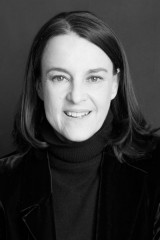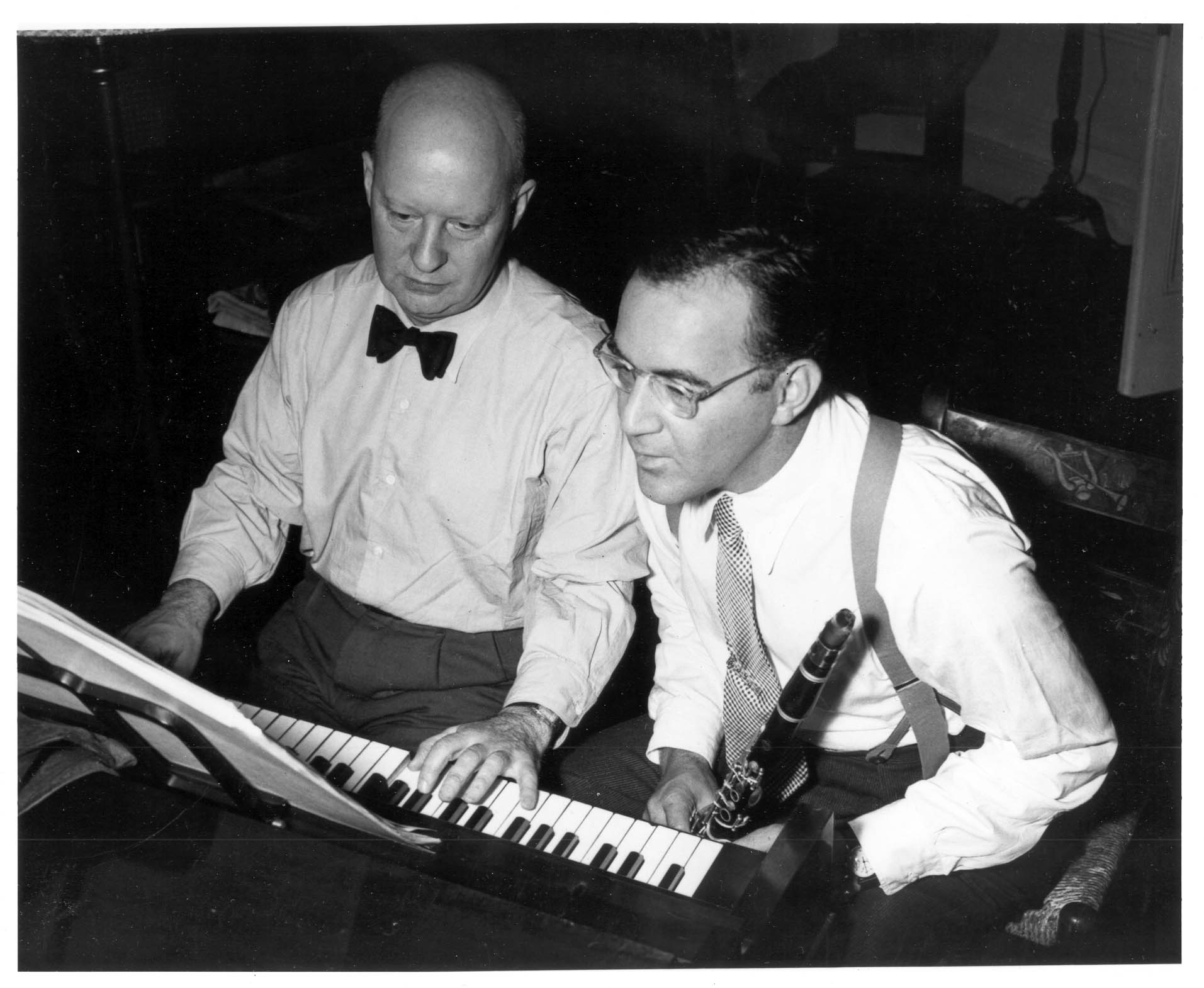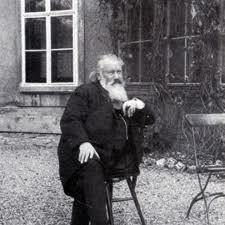Intimate Songs
/As you might know, we don't print detailed program notes for our concerts, preferring to converse with our audience during the concert. We know our audience to be a curious bunch, so once again we want to bring you a little more perspective about the music here in our blog. On Thursday February 23rd, we will present the program we call "Intimate Songs". This concert features an unusual assortment of instruments; voice, viola, saxophone and piano. This program was such a huge hit with our audience last year, we wanted to do it again. The musical selections span over 120 years, from the height of the Romantic Era in 1884, to modern living composers in the last decade. The program contains a rich, deep spectrum of styles and emotions; from a lullaby written for dear friends expecting their first child, to a powerful work that reflects on the events of 9/11. If you want your music experience to be more than toe tapping computer generated beats (which are great from time to time - no offense to the dub-step lovers!) this is the program for you!
I asked the performers to answer a few questions about the music in this program and compiled it. First, the necessary info: Who's performing and what will they play? Then the musicians' thoughts and feelings about the music. At the end is a glossary of musical terms that come up in the musicians' answers the average music lover might not be familiar with.
THE MUSICIANS
Debra Hillabrand, mezzo-soprano Adrianne Honnold, saxophones Larua Reycraft, viola Peter Henderson, piano
LORI LAITMAN l Living in the Body (2001) based on poetry by Joyce Sutphen - female voice & alto saxophone I. Burning the Woods of My Childhood II. Living in the Body III. Not For Burning IV. Lost at Table V. Bring on the Rain VI. Crossroads
LIBBY LARSEN l Sifting Through the Ruins (2005) mezzo-soprano, viola, and piano I. A Listing II. To the Towers Themselves III. Don’t look for me anymore (from the wailing wall at Grand Central Station) IV. Untitled V. Someone Passes
PAUL HINDEMITH b Trio op.47 (1928) viola, tenor saxophone, piano I. Erster Teil II. Zweiter Teil: Potpourri
Tell us a little about this program.
Peter (piano): It's a great pleasure to collaborate again with friends from the Chamber Project and with the talented singer Debra Hillabrand. I'm grateful to be revisiting three beautiful pieces with them this month on the "Intimate Songs" program.
Libby Larsen's powerful song cycle Sifting Through the Ruins skillfully balances musical contrast and repetition in setting texts drawn from personal responses to 9/11. Reflective and visceral by turns, Larsen's music makes a tremendous emotional impact.
I'm also fascinated by Hindemith's Trio op. 47. Hindemith's trademark counterpoint is on display throughout the work, but what amazes me the most is the tremendous rhythmic energy sustained. Aside from the Arioso, a duet for saxophone and piano near its beginning, the entire piece is electric. The second part ("Potpourri") begins in a high energy state, ratchets up the tension in a whirling fugato, and ends with a truly manic, Prestissimo coda. Apart the extreme concentration in its style, Hindemith's Trio features an attractive touch of whimsy. We hope that you enjoy this unusual and vibrant program!
Do you have a favorite piece or musical moment on this program?
Laura (viola): I really love the lyricism and expressiveness of the Brahms songs. The second Brahms song is a cradle song and I can imagine rocking a child to sleep, especially at the close of the song.
Sifting Through the Ruins [Larsen] is very effective in the way it draws the audience in emotionally. Susanne Mentzer, the mezzo-soprano who premiered the Larsen, privately collected the texts used in Sifting Through the Ruins from memorials around New York City as part of her quest to understand the events of 9/11. The third movement of the Larsen is the pinnacle of the work. It really gets to the heart of what the piece is all about - searching for a lost loved one and the process of grieving and moving on. The voice of the missing gives permission for the living to do so.
Debra (voice): Really, Sophie's Choice? You're going to make me choose between my children? Well, if I must, would have to say the Larsen. Simply because during the performance, the audience becomes so involved and inspiring. Their reactions and silence add to the intensity.
In the "Sifting Through the Ruins", the transition from the second to the third movement is bone chilling. The end of "To the Towers Themselves" has grown into the loudest wail
we've heard yet, and then "Don't look for me anymore" begins with a solemn, lone sounding of the viola. It almost takes my breath away before singing the weary text [that follows].
I'm always inspired by extremes and intense growth in a musical phrase. In "Geisliches Wiegenlied," [Brahms] the lullaby grows in intensity as the mother becomes worried about the wind. She asks the roaring wind how it can so angrily bluster today, then exclaims "O rauscht nicht also" (oh roar not so). At this moment, voice, viola, and piano all reach the climax of dynamic and intensity. I get chills every time.
Adrianne (saxophones): I came across Laitman's "Living in the Body" because I knew of one of her more well-known works for alto saxophone and soprano voice entitled "I Never Saw Another Butterfly" which was performed at a saxophone conference at Northwestern University back in 1998. The piece turned into somewhat of a "hit" amongst saxophonists, but we weren't able to program it for Chamber Project with Debra because the range was too high for a mezzo soprano. I'm so glad we came across this work of Laitman's instead.
I think it's cool that both the poet and composer of the work are women who are living and working in the arts today. As a saxophonist, I've only had a handful of opportunities to
perform with vocalists over the years so this is a fun and unique experience for me. Also, Debra and I have enjoyed bringing to life the subtle nuances, the humor, and sometimes even the sadness that is expressed through the text and so adeptly through the music that Lori Laitman has composed. Kathryn Mary Drake, DMA voice student at LSU had this to say about the piece in her doctoral dissertation: "The saxophone adds to the rather bleak texture, creating a distinct atmosphere of nostalgia and often creating musical imagery to further describe the meaning of the text."
This is not the kind of piece you hear everyday...glad to be presenting it here in St. Louis again!
Is there anything you disliked or were challenged by on this program?
Debra: Anything that I didn't like initially, I tried to figure out how the composer was using the music to convey the goals and/or emotions of the character. Once I figured how the composer was using the seemingly disagreeable music and I had character-driven motivation, I didn't find any parts that I really disliked.
Because the Laitman is for voice and saxophone only, the harmonies are not as obvious as a piece with piano or multiple instruments would be. As a singer learning a piece, I listen for the harmonic progression to help me find my pitches and lead me where I'm going. I had to dig a little deeper when learning "Living in the Body."
Adrianne: The Hindemith definitely ranks up there as one of the hardest pieces I've ever performed because of the rhythmic complexities inherent in his writing. Totally worth it though!
Laura: The last page of the Hindemith is the most technically difficult for me, but the whole piece challenges the trio to play faster, louder and more brilliantly.
The opportunity to play the program again is fantastic. I think that letting the Hindemith sit and age for almost a year is exactly what we needed to play it even better this time, even though it is still difficult after all of this time!
Does any of this music create a story line for you?
Debra: Since I almost always have text to work with, the story's framework is usually apparent. The biggest joy I have in preparing songs is discovering the characters' journeys and emotions within the framework. I love discovering how I think the composer feels about the character by analyzing the text treatment and text painting. The discoveries are endless! These discoveries reveal a very specific story for each piece which I love conveying to the audience.
-cpstl
MORE
To learn more about the Two Songs by Brahms, and their touching and tragic origins, click here
IN CONCERT: Thursday February 21st, 7:30 pm Washington University Danforth University Center Goldberg Formal Loung freeDEFINITIONS:
coda: the ending section of a large piece of music. Is usually set apart from the rest of the work somehow. In this case, the Hindemith, it's by the tempo - the music speeds up in the coda (this is a common coda thing to do).
counterpoint: A type of musical texture. A musical texture is the way the various 'lines' of music are layered. Counterpoint is one of the more complicated textures in which two more more melodies compete for the attention of the listener. The music tends to sound very 'busy' and intellectually stimulating.
fugato: a more specific type of counterpoint loosely modeled on the formal structure of a Fugue. This will contain "imitative counterpoint". A simple example of imitative counterpoint is the Round. (Think: "Row Row Row Your Boat".) Basically, one instrument 'states' the melody, and others jump in with the same melody while the first is still making it's statement.
harmony: two or more notes sounding at the same time. Some combinations are common, others are not.
harmonic progressions: Also known as chord progressions. The order in which harmonies are played. There are very standard progressions that you have heard thousands of times. In classical music, creating unusual and effective chord progressions is a huge part of the music.
musical phrase: a section of music that has a distinct beginning, middle and end. Much like sentence structure.
pitches: notes
Prestissimo: very, very, very fast
text painting: Loosely refers to the way that the meaning of the words being sung is reflected in the way they are put to the music. If the word is "high" - the note sung might be a very high pitch. (also called 'word painting')




